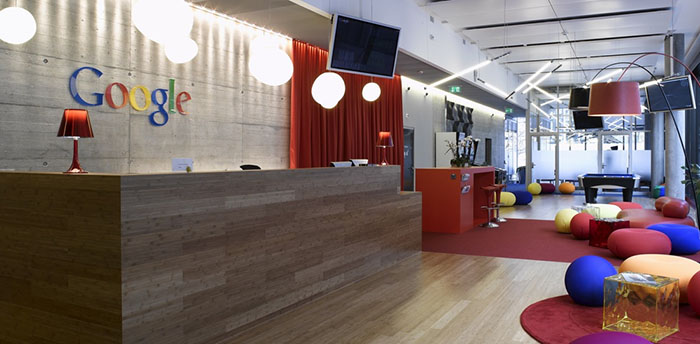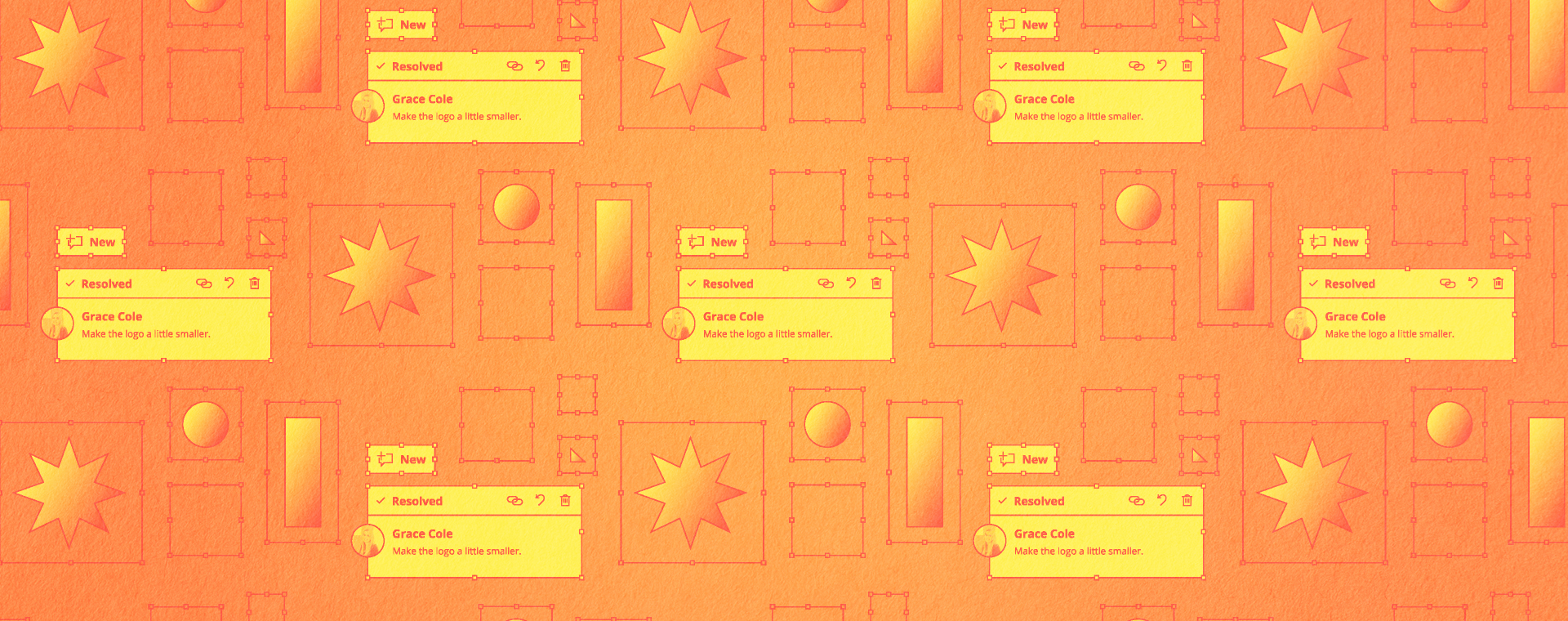‘Your brand should be in everything you do.’
If you’ve ever worked with a designer, you’ve heard this before. I know what you’re thinking–Isn’t my brand just my logo?

Short answer? No.
While this is a common misconception, your brand is so much more than a single image or icon. Sure, your logo is part of your brand. It’s definitely an important asset, but the recognition of your brand does not solely rest on your logo.
Think about Apple. Does your perception hinge more on the crisp and sleek design of their products or an apple with a bite out of it?
In a nutshell, your brand is how people perceive your company, services, products, tone, manner, aesthetics, values and the list goes on. If your company was a person, your brand would be what people say about them when they left the room. In this case, make sure they have something nice to say. Control their perception by instilling your brand into everything you do.
Here are a few ways to get you started.
Define your style
First things first, you’re going to need brand guidelines to define your style. This document will outline the correct usage of your brand’s assets to ensure everything stays consistent with your brand. It should include the following:
- Correct and incorrect logo usage
- Colour palette
- Fonts
- Photography and imagery style (eg. hipster or clinical)
These guidelines should be readily available to all employees working at your company. Companies often reserve these guidelines for their creative department when in reality they should accessible to everyone. It’s important that Betty in accounting has access to the correct RGB values for her excel sheets. If Bill doesn’t have the designated fonts, what’s stopping him from using Comic Sans in his presentation? Paying attention to details as small as keeping colours consistent makes your brand look more professional and reliable.
While guidelines are meant to act as a ‘rule’ book, leave room for creativity so your brand can grow and evolve. It’s possible to stay consistent without making everything look the same.
Deck out your office
The design and decoration of your office is an opportunity to extend your brand aesthetic outside your logo. Take elements from your brand guidelines and incorporate them in your work space. Don’t be loud or obnoxious, plastering your logo everywhere or colouring everything in brand colours. Be creative and tasteful! If your logo has angles, go with a geometric theme. If your primary brand color is red, use it as an accent.

It doesn’t start and finish with your logo. Consider how your style translates into interior design. Is your company more industrial, modern or traditional? How do you want visitors to perceive you? Whether it’s fun and creative or serious and professional, it should be reflective of your companies overall brand and work space.
Show some personality
How your brand sounds is just as important as how it looks. Figure out your company voice and how it translates into words. By doing this, you’ll ensure the sort of language used throughout your business is cohesive and reflective of your values. Ask yourself the following questions to help define your brand’s voice:
- What values or goals do you want to come through in your language?
- What emotions do you wish to trigger?
- What will be your writing style? (ie. Formal or playful)
- What tone will appeal best to your target audience?
Once you’ve determined your voice, create an outline giving examples of certain words and phrases that suit the tone. Then, do the same for words that don’t fit. For a successful brand, you need a consistent voice for all touchpoints, from website content to how you answer the phone. Don’t be afraid to add character and personality. Having a great persona can frame your company as being trustworthy, or cutting-edge, and so on. Use your voice to stand out from the competition and solidifying your unique selling point.
Be your brand
Your brand is more than your products, services or building stamped with a logo. It’s your company as a whole and everything it stands for. Your brand is your team, the coffee you drink, your email signature, and more. Control the perception of your company with rigid brand guidelines and a brand identity that exists in everything you do.








